Back to top: Organization of space
Introduction
A visit to a Mesopotamian archeological site can be frustrating, not only because of the poor state of conservation of the mudbrick monumental remains, but also because of the consequent difficulty at getting proper orientation without the benefit of visible monumental remains.
At Mozan, I have made an effort not only to ensure the preservation of the monuments, but also to provide the tools necessary to gain a full and meaningful immersion in the modern site as a frame to understand the ancient city. These tools include a variety of supporting materials. But upstream of the whole effort is a commitment to organize the physical space in such a way that any interested visitor, whether a casual and rushed tourist or a scholar already familiar with the literature about the site, may easily find what they expect to see. We have devoted attention to two aspects in particular: circulation over the large expanse of the site, and access to the “ruins” seen at their own level, not as animals in a zoo.
Back to top: Organization of space
Circulation
|
The obvious first step in providing a manageable site presentation is the proposal of an itinerary that leads the visitor to specific targets. The simple gravel paths serve this purpose, and they are coordinated with the printed Guide, which leads to a number of marked stops or stations. Two additions are planned for the future. First, directions will include reference to excavation areas that are not highlighted in the Guide. Even without formal paths, and even where excavations may not have been preserved or are backfilled, it may be of interest especially for scholars to view in person a spot known to them from the published record. This is in line with the conceptual goal of providing a true "Global Record" of the excavations. The second addition will be the expansion of the project to include not only the Outer City, but also the greater environment within the confines of the planned Archaeological Park: here circulation will be linked to vehicular traffic over a radius of several kilometers. |
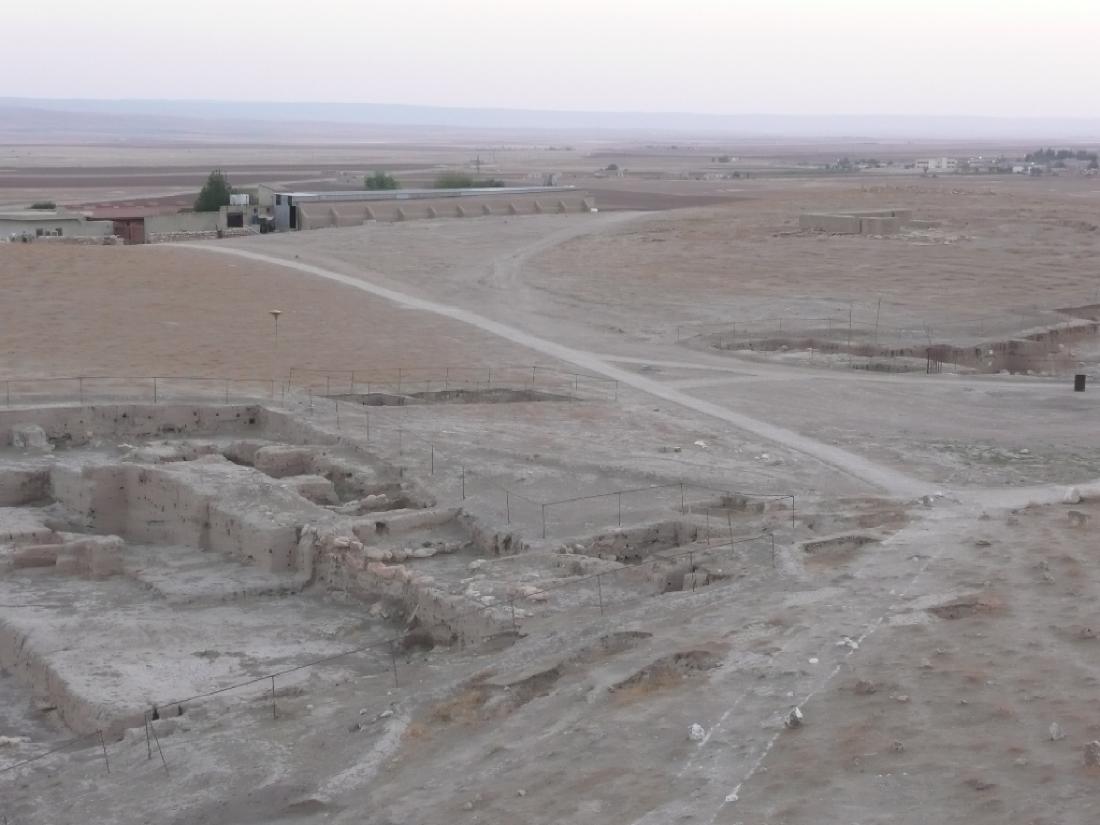 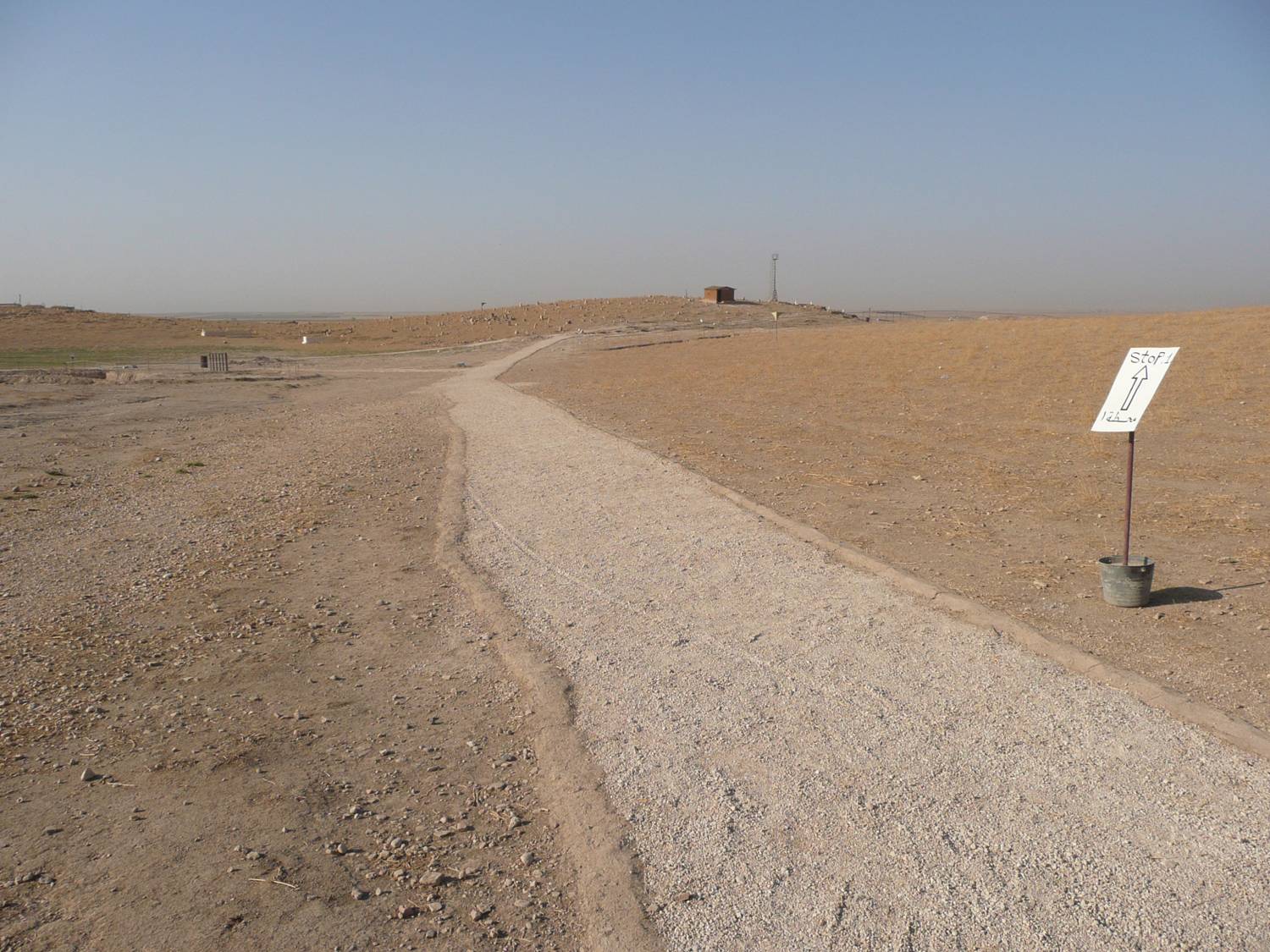 |
Back to top: Organization of space
Access
|
The “panoramas” offer bird’s eye views which are attractive and comprehensive, but do not reflect the perspective that the ancients had of their own surroundings. So we have built several points of access that take the visitor face to face with the built environment, echoing the perception that was that of the ancients.
|

|
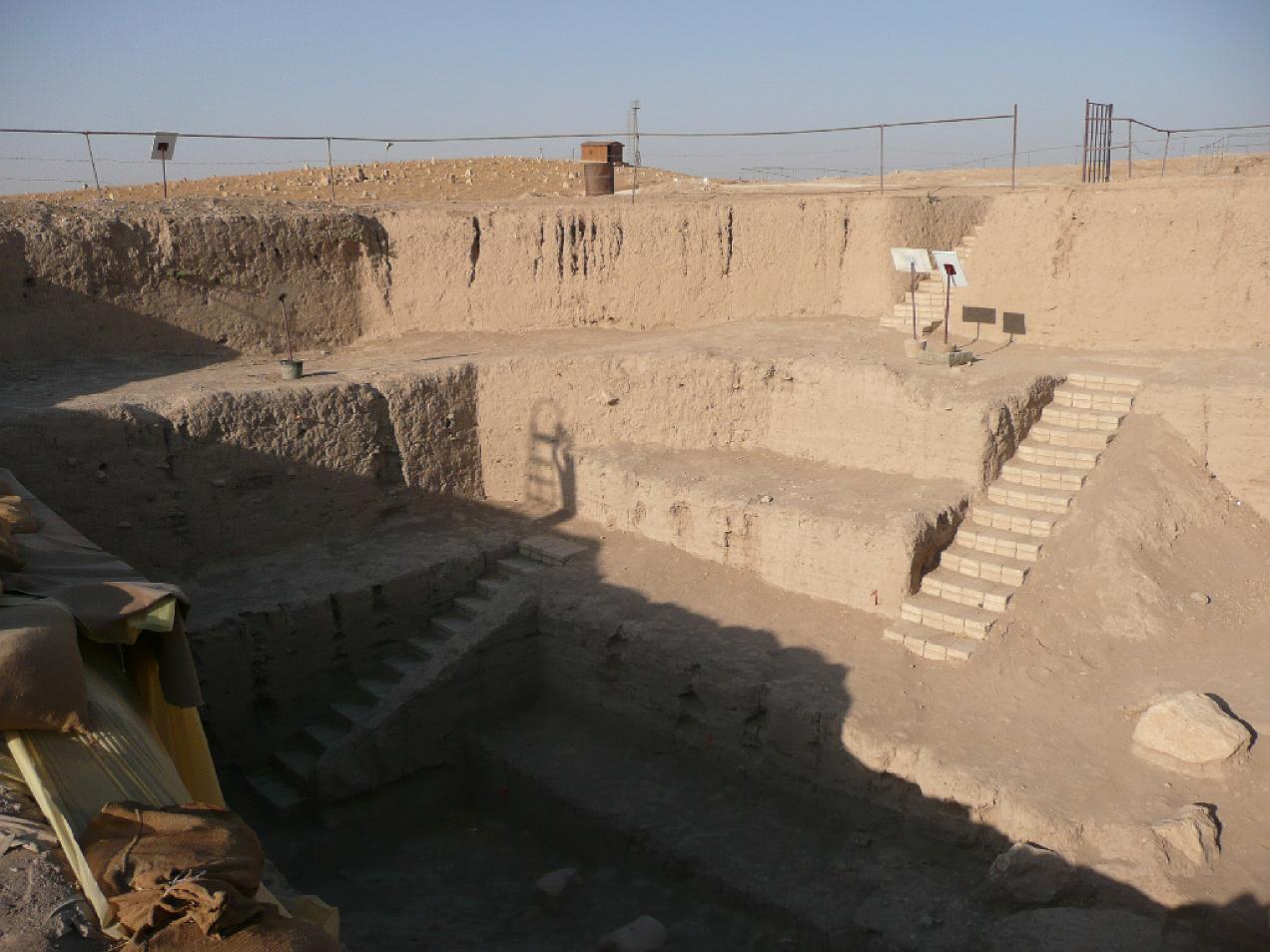 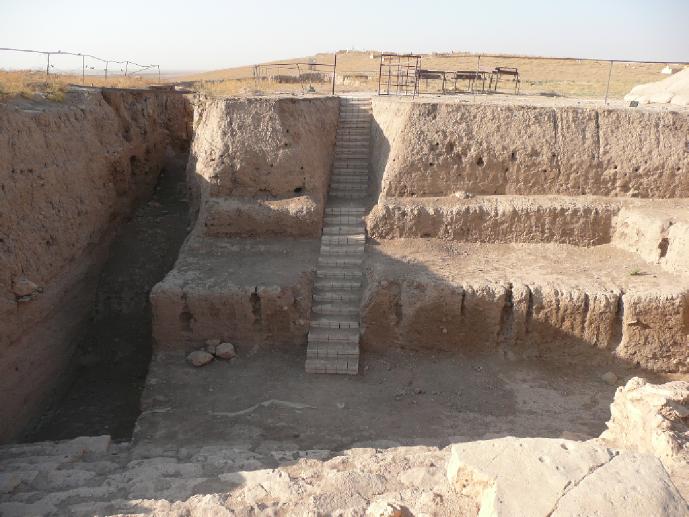 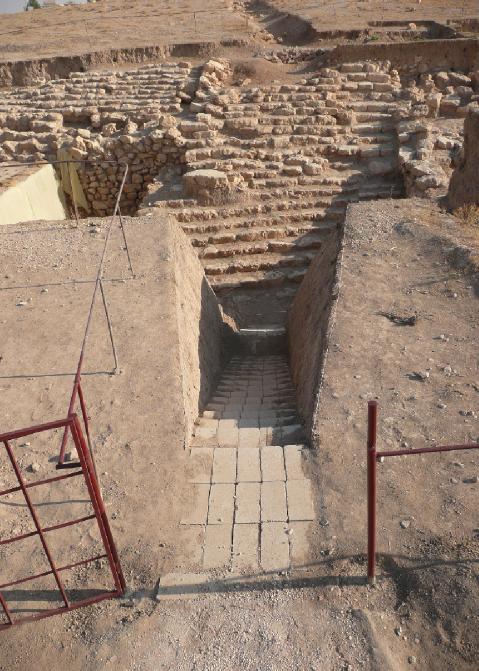
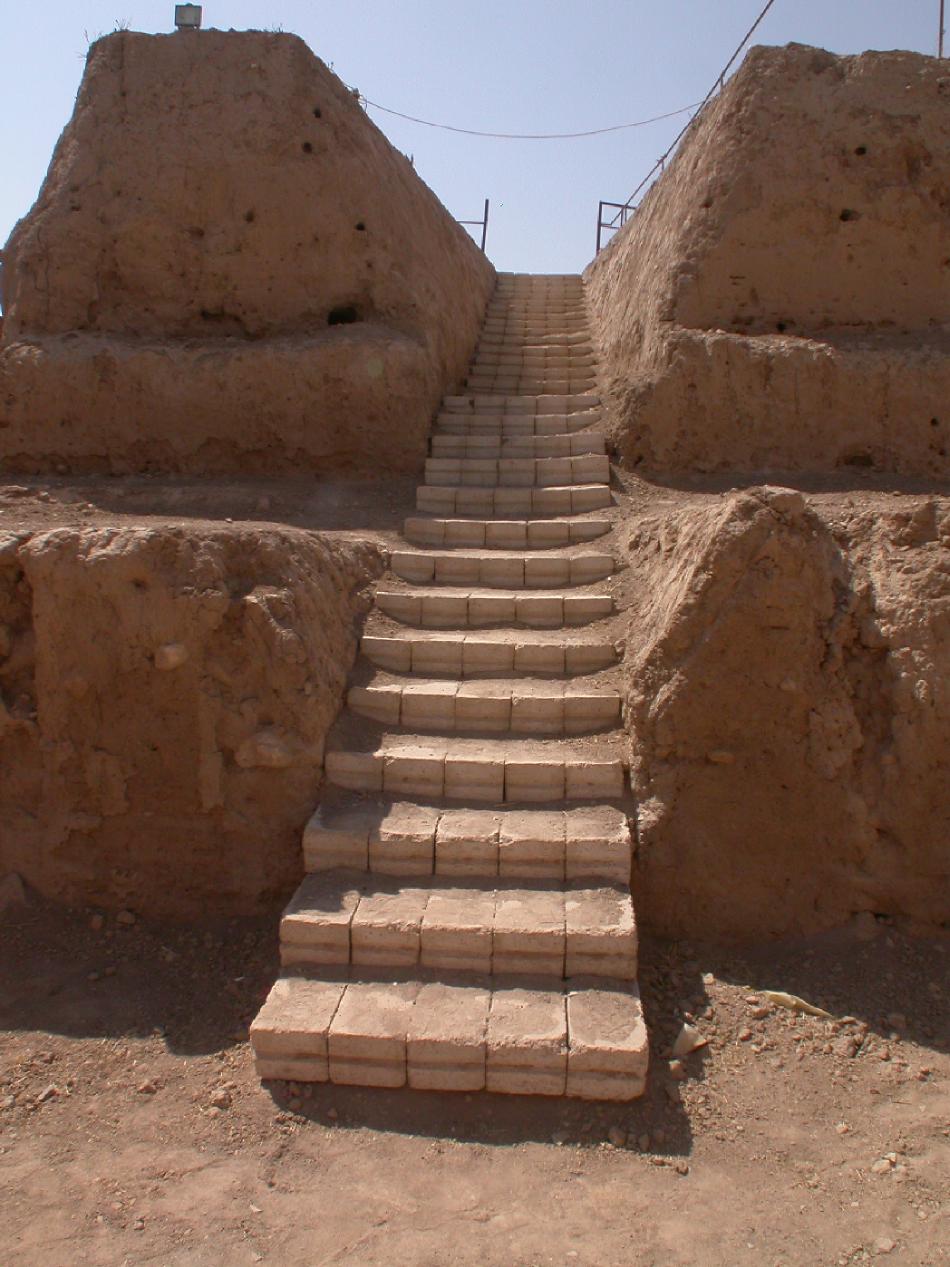 |
Back to top: Organization of space